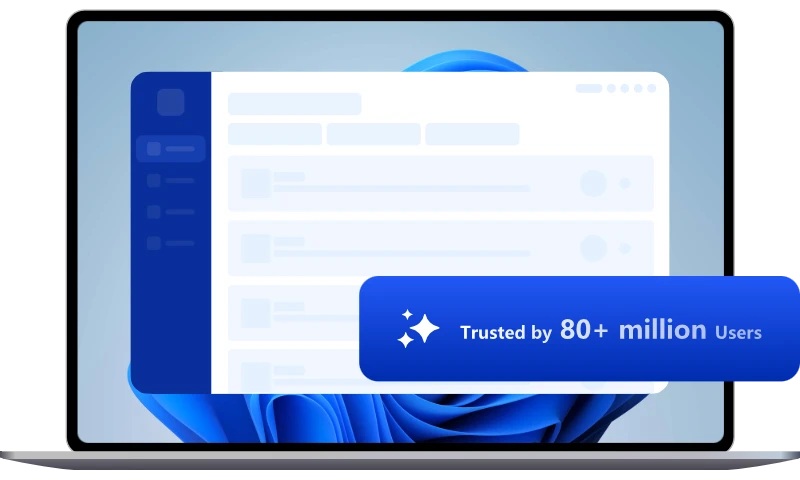How to Detect and Solve Trojan Virus & Malware
Most of the software used to detect Trojans uses TCP connections, registry and other information to determine if a Trojan has invaded. Also we can detect Trojans by some common symptoms.
In our daily life, we often hear people talk about Trojan viruses, such as SUB7, BO2000, Glacier, etc. In fact, these Trojan horses are used to open TCP port listening and write registry startup to attack computers as well as eavesdropping purposes.
Usually we can use professional software to detect these viruses. Most of the software used to detect Trojans uses TCP connections, registry and other information to determine if a Trojan has invaded. Also we can detect Trojans manually by some common symptoms.
Sometimes, the hard disk is suddenly reduced by 500M, we may think that the temporary files of Windows and some applications are taking up the hard disk capacity. However, this kind of condition may also occur if the computer is infected with a Trojan horse. It is better to check the computer with antivirus software. Even if no Trojan results are detected, you should do a more in-depth investigation, otherwise it is difficult to ensure the safety of your computer.
Generally speaking, we should pay attention to new Trojan feature reports on some professional websites or newspapers as a way to help us diagnose our computer problems. Next, let's learn some common symptoms of Trojan horses.
Common symptoms of Trojan horses
Trojan horses are not rendered powerless by updates to the antivirus virus database. On the contrary, Trojan horses are updated at the same rate as the virus database is updated. Therefore, it is very important to pay attention to new Trojans and their characteristics in order to prevent them from appearing. We usually need to suspect a Trojan intrusion if the following occurs
1. The chat software logs in from a different location for no reason and sends some spam messages, and this still happens after changing the password.
2. The computer opens the browser and jumps to a specific web page for no reason during normal use, or the computer has opened the web page but cannot see it in the taskbar, and can only be found in the task manager's processes.
3. When using the computer, the mouse is not under my control and automatically moves in the screen, in addition to the time and date automatically change to a specific time when the computer is turned on, etc.
4. The network takes up a lot of bandwidth without downloading or uploading files. Usually this is because there is a Trojan horse in action, the best way to do this is to shut down the network, reboot into safe mode to check again.
Tips for dealing with Trojans
Trojan horses are not as simple as worms and common virus attacks, they usually load themselves by changing the registry, changing system services, or even changing the Windows boot file, causing the Trojan to start as soon as the computer is turned on, so it is very difficult to clean them up with antivirus software alone.
If the computer is unfortunately attacked by a Trojan horse, the system files may be tampered with to the point of being completely unrecognizable, and a large number of unfamiliar files may suddenly appear on the hard disk, while a lot of important data may also be stolen by the attacker. So here are three suggestions to solve the problem.
1. All accounts and passwords should be changed immediately, such as dial-up connections, ICQ, FTP, personal sites and free email, etc. As long as the password has been used, the password should be changed over as soon as possible.
2. Completely delete all the things on the hard disk that were not there before.
3. Use the latest authoritative software to carry out a comprehensive antivirus on the system.
*It is recommended that you can check and kill the Trojan horse in safe mode, by opening the task manager to close the Trojan horse process, opening the registry to close the keys related to the Trojan horse, and using professional Trojan horse checking tools to systematically check and kill the Trojan horse.

